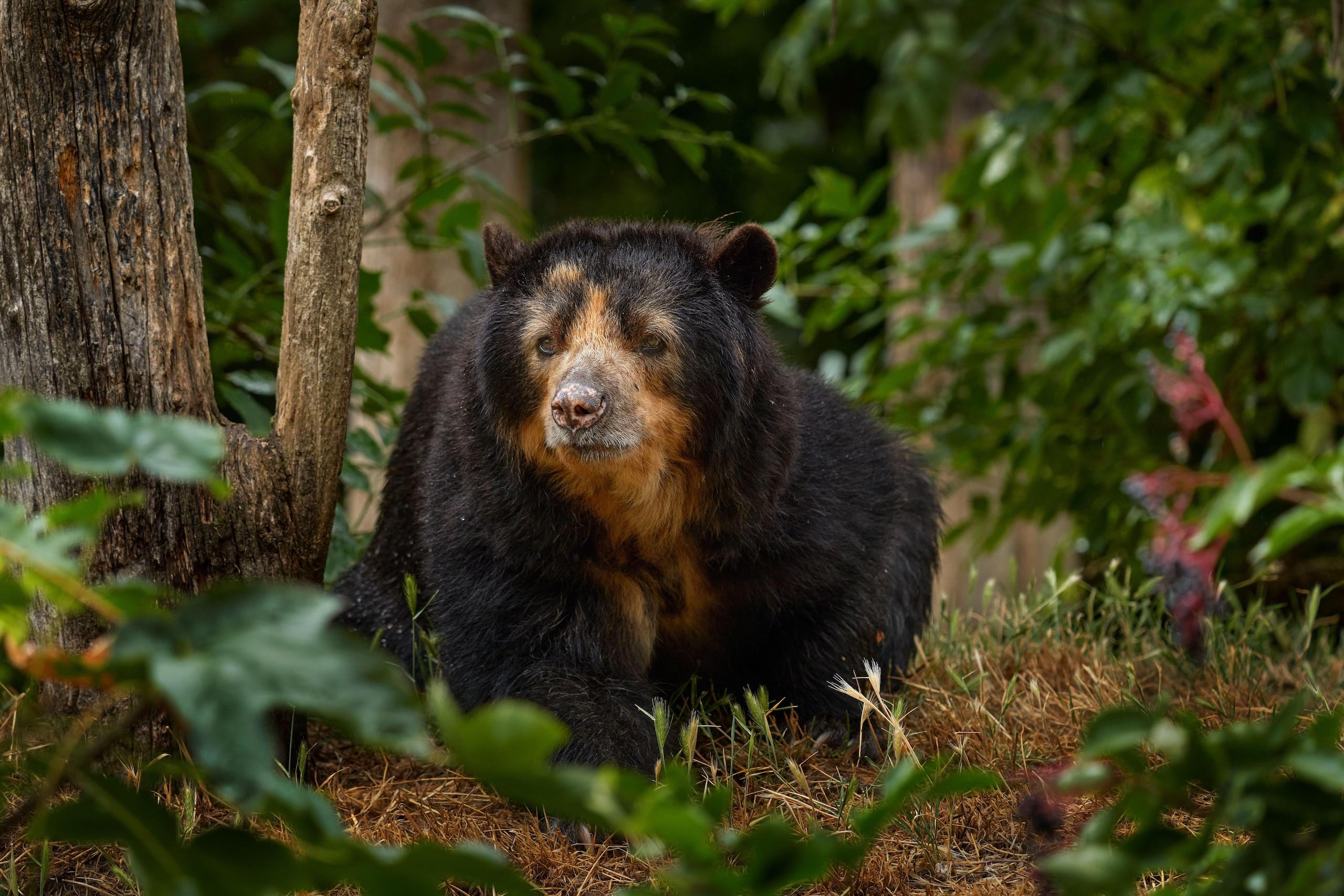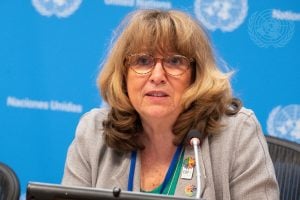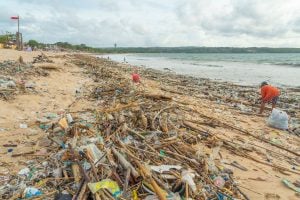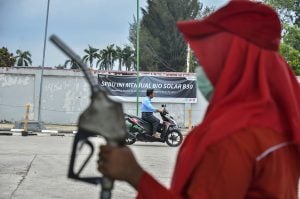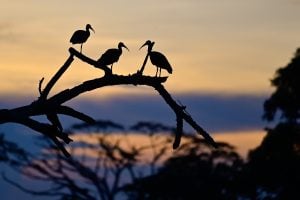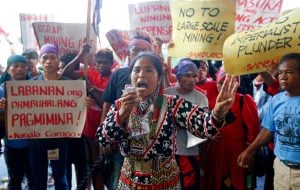The “people’s COP”, the “implementation COP”, the “peace with nature COP” — the United Nations’ upcoming biodiversity summit, COP16 has already gained several taglines. But regardless of these labels, as governments, conservation experts and businesses meet in Colombia this month, they will have a full agenda to turn rhetoric on nature protection and restoration into concrete actions.
• What is COP16?
• Where and when will COP16 be held?
• What are the goals of COP16?
• Who are the key people at COP16?
• Which countries have a key role in the talks?
• Will finance be a sticking point?
• Who will attend COP16?
• How will COP16 be judged a success?
What is COP16?
COP16 is the 16th Conference of the Parties of the United Nations’ Convention on Biological Diversity (CBD), a treaty established in 1992 to compel shared global action on the conservation of biodiversity, the sustainable use of its components, and the fair sharing of the benefits derived from the use of genetic resources. The CBD currently counts 193 member countries, with only four UN member states not yet parties: Andorra, South Sudan, the United States and the Vatican.
Where and when will COP16 be held?
The Colombian city of Cali is hosting COP16 after the original host, Turkey, pulled out following the devastating earthquake in February 2023. Talks begin on 21 October and are scheduled to end on 1 November.
What are the goals of COP16?
COP16 will focus on implementing the global deal on nature agreed at the last COP in December 2022. The four long-term goals and 23 specific targets of the Kunming-Montreal Global Biodiversity Framework (GBF) have an overall mission of halting and reversing biodiversity loss by 2030.
Key targets include conserving 30% of the world’s land and 30% of the ocean by 2030, significantly boosting finance for the protection and restoration of nature, reducing the impact of invasive species, cutting pollution from pesticides and plastics, sustainably managing agriculture, and prioritising the involvement of Indigenous peoples and local communities.
By the time COP16 opens, countries are expected to have submitted updates to their National Biodiversity Strategies and Action Plans (NBSAPs) to align them with targets in the GBF. If they cannot complete them in time, they are allowed to submit national targets. As of late September, 24 countries had submitted NBSAPs to the CBD, while 72 had submitted targets only.
The meeting will identify obstacles and opportunities related to NBSAPs, as well as discuss how to monitor, report, and review progress, including the use of specific indicators.
The COP is also expected to finalise negotiations on sharing the benefits from the use of Digital Sequence Information (DSI) on plant and animal genetic resources, including establishing a new global fund that will help plug the finance gap for nature protection and restoration initiatives.
Negotiators on this issue met in August to agree on a draft deal. Many elements are still undecided, including who will contribute to the fund, how it will be managed, and who will receive the funding.
Other issues on the agenda include establishing a permanent body under the CBD to improve the involvement of indigenous peoples and local communities; a global action plan for integrating policies on nature and health; voluntary guidance on managing invasive alien species, one of the major causes of biodiversity loss; and an update to the Global Strategy for Plant Conservation.
Who are the key people at COP16?
Susana Muhamad, Colombia’s minister of environment and sustainable development since 2022, will lead negotiations as president of the COP. The former environment secretary of Colombia’s capital city, Bogotá, she has gained recognition for her dedication to green causes and strong advocacy of the country’s peace process, and has led technical assistance programmes on climate change and conservation.
COP16 will be the first major negotiation for Astrid Schomaker in her new role as executive secretary of the UN’s Convention on Biological Diversity. The German former European Commission diplomat took up the post earlier this year.
Which countries have a key role in the talks?
Host country Colombia – the most biodiverse country in the world per square kilometre – has themed the event as “peace with nature”, which reflects its desire to start a mass movement to shift humanity’s relationship with nature from exploitative to cooperative. However, Colombia also topped a global ranking for murders of environmental defenders for the second year running, with 79 killed in 2023 alone.
Together with Germany, Colombia has launched the NBSAP accelerator, which provides access to financial and technical support for countries developing their national biodiversity plans. Costa Rica, France, and the UK promote the High Ambition Coalition for People and Nature.
Representatives from the UK and Malawi are co-chairing the talks on benefit-sharing and DSI. The UK, Ecuador, Gabon, and the Maldives are asking governments to endorse a ‘Political Vision: A 10 Point Plan for Financing Biodiversity’ to support its protection, conservation, restoration, and sustainable use. Meanwhile, a group of developing countries led by Nigeria has formed a Ministerial Alliance for Nature Finance.
Will finance be a sticking point?
Countries agreed under the Kunming-Montreal GBF that at least $200 billion was needed annually to fund biodiversity protection and restoration. This is to come from a variety of sources, including public money for domestic projects and international donations, private sector contributions, and innovative financing mechanisms such as payments for ecosystem services, green bonds, biodiversity offsets and credits, and benefit-sharing mechanisms.
Since COP15, the CBD has established the Global Biodiversity Framework Fund. This fund is operational, with steps taken to ensure rapid and flexible disbursement of funds. However, only seven countries have paid into it so far, totalling $243.86 million, according to the UN’s Global Environment Facility, which manages the fund.
This is far short of the minimum $20 billion annually that developed countries pledged to provide to poorer nations by 2025, increasing to at least $30 billion a year by 2030.
Campaigners argue that progress on the $20 billion promise is critical to building trust between richer and poorer nations at COP16. Much of the world’s remaining biodiversity is located in developing countries, meaning they will bear a disproportionate share of the responsibility and costs of saving it. In June, a group of campaign organisations launched a global campaign to achieve the $20 billion target by 2025.
Ahead of COP16, the CBD has been speaking with governments to increase contributions to the fund.
The UN Environment Programme is to host a finance day at COP16 to push finance ministers, chief executives, and other leaders in biodiversity and finance to debate and collaborate on the issue.
China is expected to launch the first call for proposals for its 1.5 billion yuan ($233 million) biodiversity fund to support projects in developing countries. The fund was originally announced in October 2021.
The DSI fund, expected to be established at COP16, could also play a significant role in addressing the finance gap. Estimates provided to the CBD ahead of negotiations in August suggested that the fund could generate $1-10 billion a year.
Countries also pledged to reform subsidies that harm nature. However, these increased by 55% to $1.7 trillion between 2022 and 2023, driven largely by a doubling of support for fossil fuel consumption, according to the United Nations Environment Programme’s latest annual report on finance for nature. Schomaker has admitted that the issue of subsidies is “very, very tricky”.
Who will attend COP16?
The CBD secretariat is expecting over 14,000 attendees at COP16, including delegates from countries that are signed up to the CBD and those that are not (such as the US and the Vatican), at least 12 heads of state, including from Brazil, Mexico, Honduras and Guinea-Bissau, and 100 ministers, representing environment, finance and agricultural briefs.
Representatives from indigenous peoples and local communities, subnational governments, civil society, women’s groups, youth, business, and academia will also be present.
How will COP16 be judged a success?
The Colombian presidency is aiming for three main outcomes at COP16, according to Muhamad, who spoke at a media briefing in September. Firstly, they want all sectors of society to engage with the COP; secondly, they want governments and societies to see nature protection and restoration as equally important as decarbonisation; and finally, they hope to reach an agreement on the DSI fund.
Campaigners such as WWF want to see NBSAPs finalised, a robust monitoring framework agreed, greater confidence in finance commitments, concrete measures to address the drivers of biodiversity loss, better integration with global climate policy, and a deal on the DSI fund.
Businesses aligned with the Business for Nature coalition have called for governments to adopt and strengthen nature policies and regulations, including strict bans on commercial or industrial land use conversion or resource extraction in the most protected areas, and project-level restoration obligations where impacts are unavoidable.



